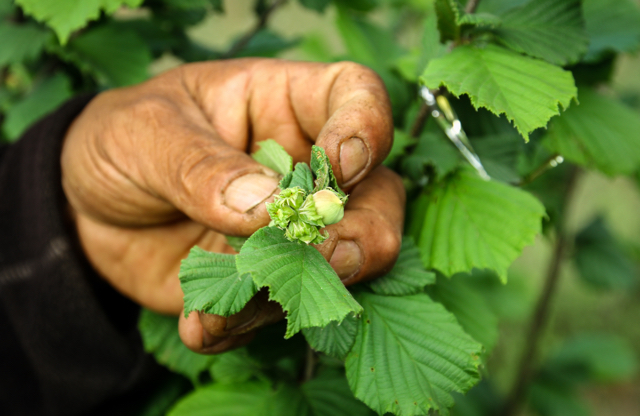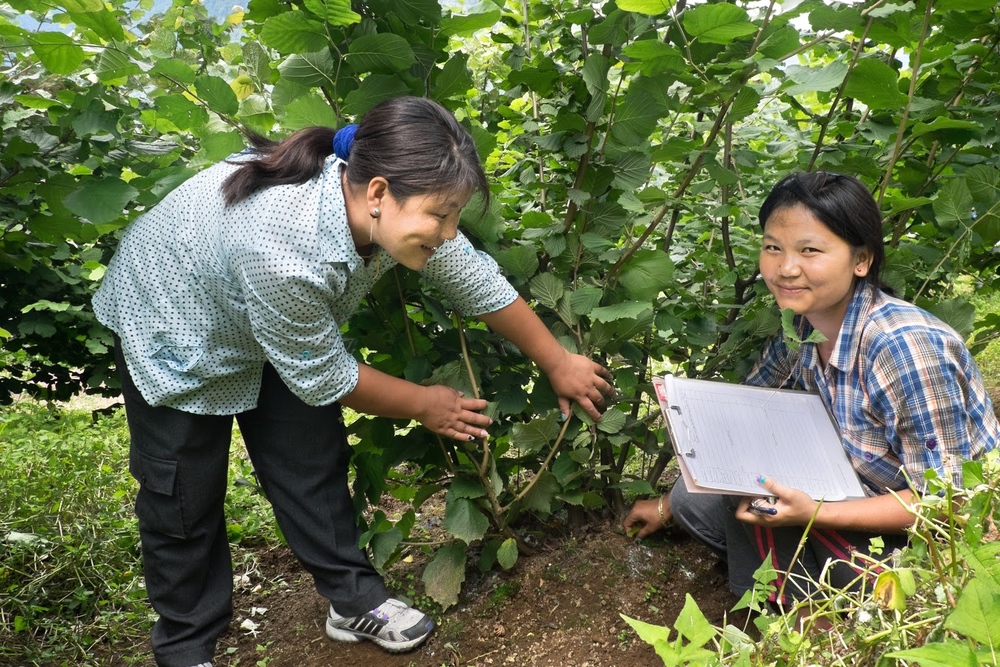Also read the Skoll perspective from principal Eric Cooperström.
Worldwide, roughly 450 million smallholder farmers scrape out a living by working two hectares of land or less. Figuring out how to reliably get inputs and financing to farmers and make them more productive is essential for both eliminating poverty and for achieving food security.
It isn’t easy. Reaching farmers at scale requires convincing private investors to overlook weak institutions, inefficient financial markets, and economic and political instability, and make a bet on some of the world’s poorest and most vulnerable people. Fortunately, with the help of willing partners, we are starting to do it.
Blended finance, the mixing of public, philanthropic, and private capital in emerging and frontier markets, can bridge the gap between skeptical investors and financing needs in order to address global challenges like poverty, food security, and climate change.
Blended finance has been a buzzword in development circles for some time, but in recent years more development agencies have been turning to this instrument as they look for new ways to boost their pools of available capital, and as more private investors look to enter emerging markets.
It’s a two-way street: public or philanthropic financing can be provided at below-market rates, and can offer comfort to private investors by cushioning risks and boosting investment returns. Private financiers bring additional capital, plus the discipline associated with market principles to make projects sustainable and scalable.
An unusual partnership between a small Bhutanese startup and a Buddhist nun is a recent example of how blended finance can work.

Ani Kinzang Choden was once a farmer struggling to cultivate her ancestral farm in Bhutan. She heard about a hardy green sapling that could thrive anywhere—even on the arid slopes of the tiny Himalayan kingdom where she lived. It was “the tree that will grow where nothing else will,” remembers Ani Kinzang about the moment her brother-in-law told her about the hazelnut tree.
At the time, Ani Kinzang—a Buddhist nun dedicating her earnings to funding a religious retreat for other nuns—was barely getting by on the revenue produced by the bamboo, walnut, and sandalwood trees that dotted the stony slopes of her mountainous farm in Mukazor.
Her prospects improved when Mountain Hazelnuts, a company promoting commercial hazelnut production by smallholders across Bhutan, gave Ani Kinzang hazelnut saplings, inputs, and training to plant her own orchard of trees. The company has agreed to purchase the crop at a guaranteed minimum price, once the trees bear nuts.
At the International Finance Corporation (IFC), the World Bank Group’s private sector lender, we have been undertaking blended finance investments for the past three years in early-stage agribusiness projects with high potential for development impact—like Mountain Hazelnuts. These investments, funded by the Global Agriculture and Food Security Program (GAFSP), are targeted towards smallholder farmers who toil on tiny plots of land in developing countries.
We match donor funds provided by our partners—the governments of Australia, Canada, Japan, the Netherlands, the United Kingdom and the United States—with private companies seeking to make a difference in developing countries. Our goal is returnable capital and our standards are high. We approach each investment from a commercial perspective, applying the rigor and discipline of the private sector, imposing strict environmental and social standards, and assessing every potential risk.
Although Mountain Hazelnuts had the support of some impact investors, at first glance even our own management at IFC thought we might be nuts to support their ambitious business proposal. How could this semi-greenfield company manage 15,000 untrained farmers to grow hazelnut trees across a mountainous country with limited infrastructure? How could management meet targets to plant 10 million hazelnut trees and establish a logistics and international marketing infrastructure before seeing their first meaningful cash inflows?

With blended finance, IFC could provide the company with funding it could afford, and mitigate risks to give management sufficient comfort to support the transaction. In 2015, IFC made a $3 million investment into Mountain Hazelnuts to expand production.
Now Mountain Hazelnuts can supply hazelnut tree plantlets, inputs, and support to local farmers like Ani Kinzang—free of charge. These farmers are planting their trees on fallow land that has no commercial use. When the trees bear nuts, farmers expect to double their income with incremental earnings. Eventually, up to 15 percent of Bhutan’s population is expected to directly benefit from the project. All of us will benefit when 10 million new hazelnut trees across Bhutan help sequester carbon and improve the environment.
IFC has applied blended finance to benefit small farmers and to climate financing so far. In 2010, IFC lent $20 million USD to a financial institution in Turkey, Yapi Kredi Leasing, to create an entirely new business out of helping small- and medium-sized companies lease energy efficient equipment, reducing their carbon footprint and their costs. IFC’s commercial funding was blended with $5 million USD from the donor-funded Clean Technology Fund. Yapi Kredi’s portfolio grew tenfold in just two years, to around $200 million USD, demonstrating the viability of the business. In 2014, Yapi Kredi Leasing borrowed $96 million USD on fully commercial terms to continue growing its business.
We believe that blended finance investments have the potential to transform development finance as we know it.
As world leaders grapple with how to achieve the Sustainable Development Goals, there is acknowledgement that we cannot rely solely on traditional financing structures and instruments. Blended finance can help fill that gap—by allowing public investors to leverage their funds and direct billions of dollars of private capital toward projects with impact.

Eric Cooperström, Skoll Foundation
Like the IFC, the Skoll Foundation is also seeing blended finance opportunities arise for our social entrepreneurs. For example, Skoll has been a long-standing funder of Root Capital both through philanthropic and repayable investments (Root Capital is also an IFC client). Recently, we made a program related investment (PRI) into Root alongside other foundations, government funders, and private investors.
In addition, the structuring and pricing of our capital is intended to better position Root to attract additional impact and commercial financing in the future. By taking a blended finance approach, Skoll can crowd-in additional financing and contribute to the sustainability of truly equilibrium-changing social enterprises.
Banner photo by Göran Höglund. Photo of Ani Kinzang Choden by Mountain Hazelnuts.